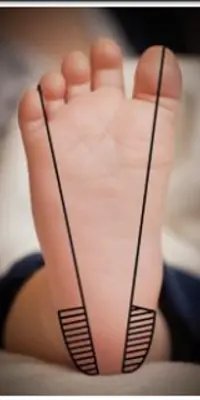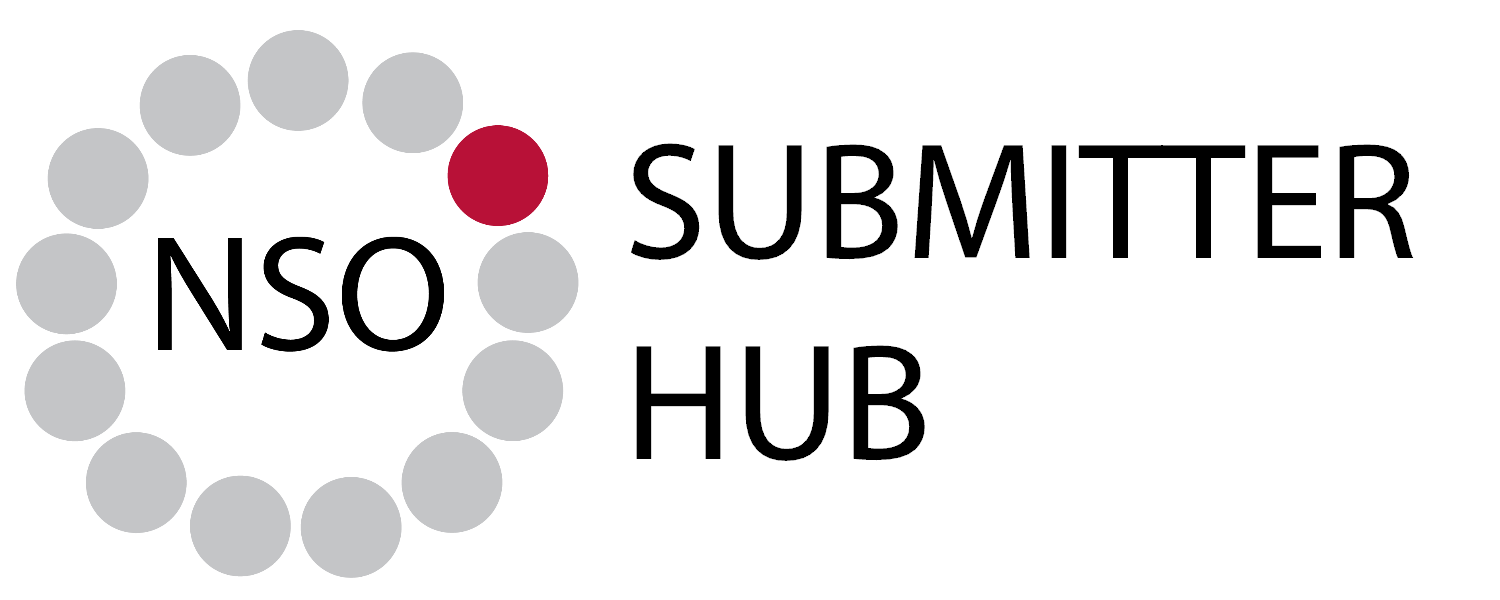Collection Procedure
Prior to dried blood spot (DBS) specimen collection
Discuss newborn screening with parents/guardians
- Review the parent information sheet on the newborn screening card with the parents/guardians.
- Newborn screening is not currently mandated by law, however, it is considered standard of care and strongly recommended for all infants. Most parents agree to have their infant screened.
- As with many standard medical practices, there is no formal province-wide mechanism to document consent. However, NSO and the Ministry of Health and Long-Term Care (MOHLTC) have taken many steps to provide education to ensure information is available to parents to make informed decisions for their infants. It is important that parents/guardians are made aware that newborn screening could save their baby's life and/or prevent serious health problems.
- Parents may decline screening, and health care providers should discuss this decision with them to ensure they are informed.
- This should be documented in the infant’s medical record, and/or
- The parents/guardians should sign a form indicating they have refused this testing for their infant.
- NSO has created a decline/deferral form that is a part of the newborn screening card. This form was designed as a tool to help your practice but is not necessary if you have an alternative method to document declines.
Complete the newborn screening card
- Ensure that the dried blood spot card has not expired.
- Complete the required demographic information on the requisition portion of the blood spot collection card. A ballpoint pen should be used; soft-tip pens will not copy through to the other sheets of paper. Hospital stickers or stamps may be used if the patient information is not obscured and the blood collection area is not compromised; if used, ensure the sticker/stamp is placed on both copies of the card.
- Confirm the identity of the infant and ensure accuracy of the demographic data on the card.
- Avoid touching the area within the circles on the filter paper section of the card before, during, and after blood spot collection. Do not allow water, feeding formulas, antiseptic solutions, glove powder, hand lotion, or other materials to contact the card before or after use.

Pain relief & site preparation
- Newborn screening may be a painful procedure for infants. Breastfeeding, kangaroo care (skin-to-skin contact with a parent), and oral sucrose are effective pain management strategies for infants. Allow parents to help choose a method of pain relief for their infant.
- Wash hands and don gloves.
- Warming the infant’s heel can improve blood flow and ease of obtaining a sufficient blood drop.
- Landmark site on lateral aspect of infant’s heel, on plantar surface (see shaded area of image). Avoid previous puncture sites.
- Prepare the site as per hospital policy. For example, disinfect with alcohol (isopropanol/water: 70/30 by volume, “70%”), and allow to air dry.
*Caution: Topical anesthetic creams such as EMLA should not be used as they may cause vasoconstriction and may also produce analytic interferences.
Collecting the dried blood spot (DBS)
Blood collection on filter paper
- Heel-stick is the method of choice for specimen collection.
- Collect 5 uniform blood spots.
- Do not reapply blood in a partially filled circle as this may result in layering.
- Each of the five 11 mm circles on the dried blood spot (DBS) card requires approximately 75 ul to 100 uL of blood to fill.
Specimen Handling
Drying
- After application to the blood spot collection card, avoid touching or smearing the blood spots.
- Allow the blood specimen to air dry at an ambient temperature of 15°C to 22°C, on a horizontal, non-absorbent, open surface for at least three hours.
- Keep the specimen away from direct sunlight (indirect room light is not usually detrimental unless accompanied by heat).
- Blood spots on the filter paper should not be heated, stacked, or allowed to touch other surfaces during the drying process.
Stacking
- Since leaching (cross-contamination) between specimens might occur, specimen-to-specimen contact is not appropriate. The dried blood spot card used by NSO includes a fold-over paper attachment to protect the specimens. Do NOT seal the flap closed, for example with tape or a sticker, as this can damage the sample or information on the card and lead to delayed testing.
- Once the blood is fully dried and the fold-over flap has been closed, the cards may be stacked (without rotation of the cards) for specimen transportation.
Shipping
- It is critical that NSO receive the newborn screening card as soon as possible after the blood is collected. Learning more about specimen shipping and tracking.
Contact Us
Children’s Hospital of Eastern Ontario
415 Smyth Road
Ottawa, Ontario K1H 8M8
Toll-Free: 1-877-627-8330
Local: (613) 738-3222
Fax: (613) 738-0853
Contact NSO
Subscribe to the Submitter Bulletins to stay up to date on the latest newborn screening updates, or submit a question about newborn screening.
